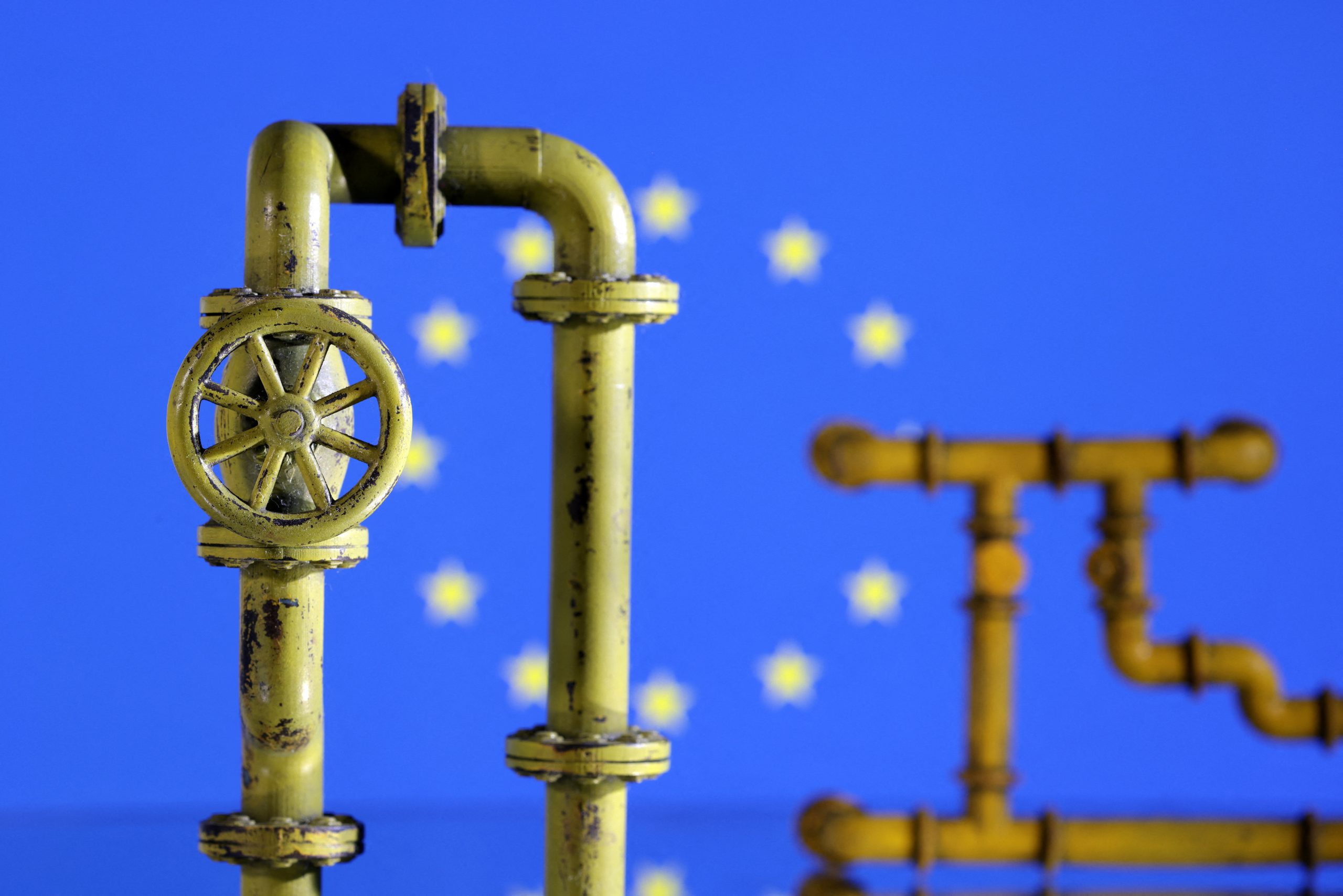Europe Finally in a Good Spot For Gas Levels

Unlike fans watching opening playoff rounds of basketball and hockey this week, residents of the EU can breathe sigh of relief and relax a little bit when it comes to their energy situation.
What happened: The EU will receive an “exceeded expectations” on its gas management report card this spring by beating its goal of a 15 percent reduction in gas consumption during the continent’s cold season between August to March. The bloc managed to reduce its gas consumption by 18 percent.
- Finland made the largest cut at 56 percent while Malta made the only increase, jumping consumption by 13 percent.
Malta, we’re not mad, just disappointed.
Several factors led to the reduction
Emergency measures were executed such as cutbacks in production from energy-intensive industries, household savings, and switches to alternative sources.
- Also fortunate for Europe was that old man winter didn’t show up in force, leading to milder than expected temperatures, reducing the need for heating.
How it helps next year: The drop in gas use also created a bigger storage build-up han was expected. Current levels are hovering around 56 percent – roughly 20 percent more than the 5-year average for this time of year.
- Russian gas makes up just 16 percent of EU gas imports, down from 37 percent in March of 2022. Some member states have begun to temporarily curbing their Russian imports but bans or price caps on gas imports are still unlikely.
There is still remains some concern of failing to fill next winter’s storage with no new gas supplies expected to come online until 2025.
Zoom out: The current situation is good, not great. Storage levels are promising, but the EU will continue to rely on Russian imports for the time being.
While many were hoping for big growth in renewables, it was coal that made its largest contribution to the EU electrical grid since 2018. Analysts have warned that under different circumstances, the use of coal could have been much higher.




